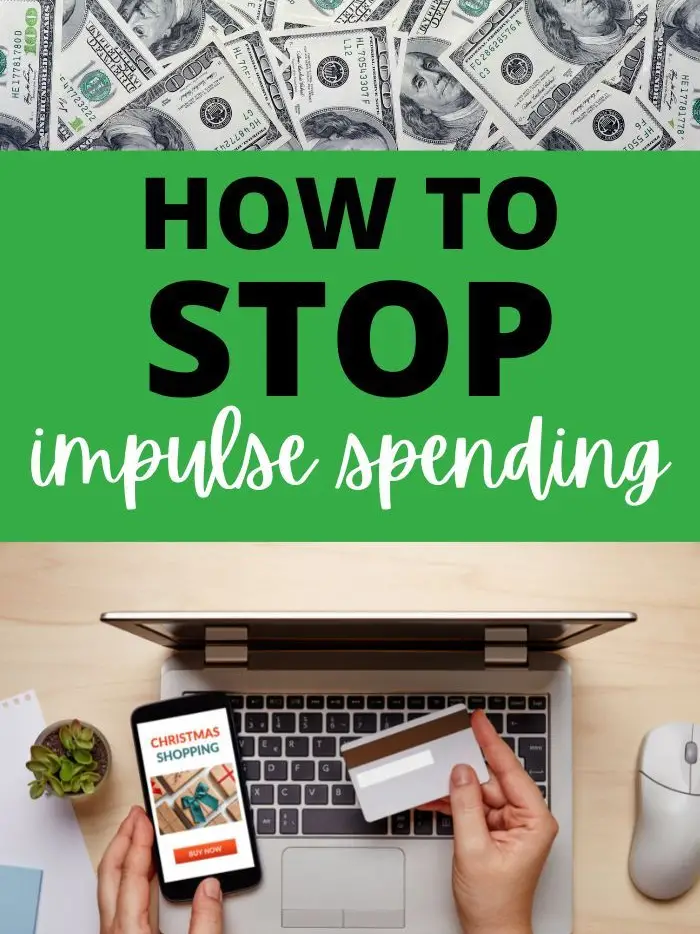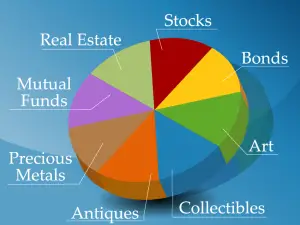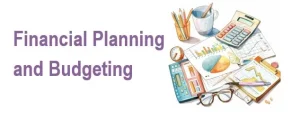
Impulse spending is often driven by a combination of psychological and emotional triggers. Here are some common ones:
- Emotional Triggers: People may shop impulsively to cope with stress, anxiety, boredom, or even excitement. Retail therapy can provide a temporary mood boost but often leads to regret later.
- Instant Gratification: The desire for immediate pleasure or reward often overrides long-term financial goals, making it hard to resist impulsive purchases.
- Social Influence: Seeing friends or influencers showcase their purchases can create a sense of social pressure or fear of missing out (FOMO), prompting people to buy things they may not need.
- Sales and Discounts: Limited-time offers, deals, and discounts create a sense of urgency, encouraging people to make impulsive decisions without thoroughly evaluating the need for the item.
- Advertising and Marketing: Clever marketing strategies, such as targeted ads and appealing packaging, are designed to trigger emotional responses and create a strong desire to buy.
- Convenience of Online Shopping: The ease of shopping with just a few clicks, coupled with saved payment methods, can make it easy to buy on impulse without a second thought.
- Sense of Achievement: For some, purchasing an item provides a feeling of accomplishment or status, even if the purchase wasn’t planned.
- Lack of Financial Awareness: Not keeping track of expenses can make it easy to overspend, as there’s less awareness of how much money is being used.
Recognizing these triggers is the first step toward managing them and putting a stop to it



